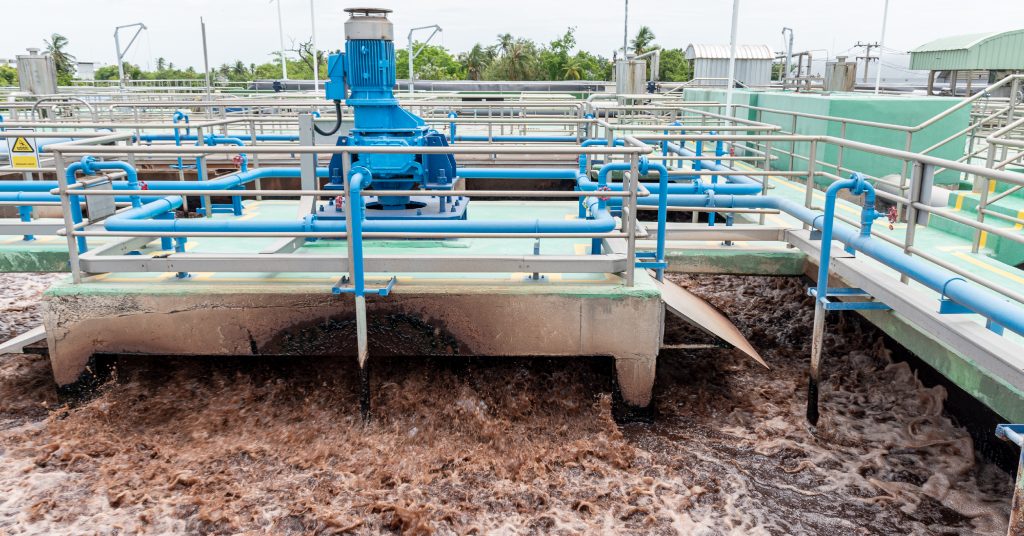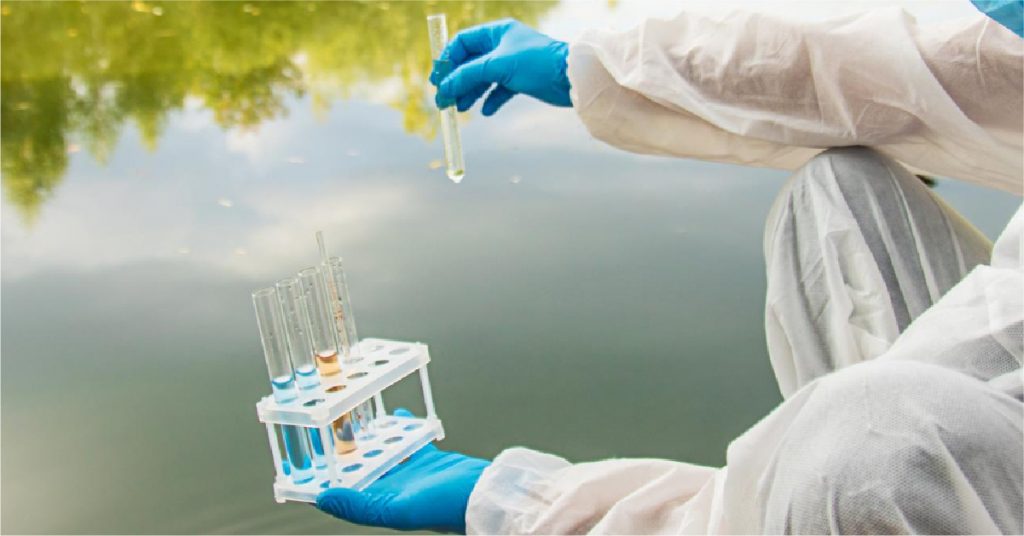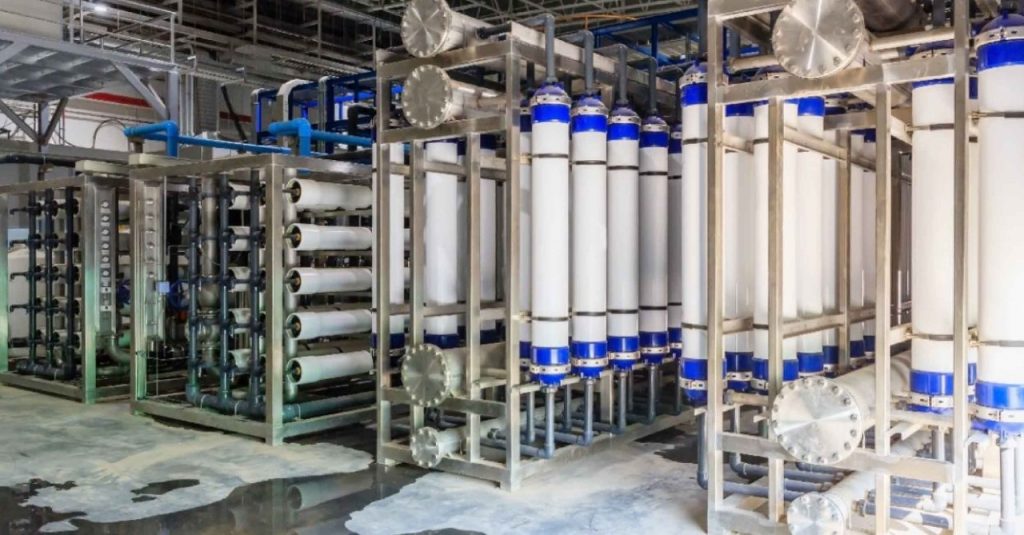Sri Lanka is facing increasing challenges related to water pollution due to industrialization, urbanization, and agricultural expansion. Effective wastewater treatment has become essential to address these issues, protect natural water resources, and promote sustainable development. Wastewater treatment plants play a critical role in ensuring that contaminated water is treated before being released into the environment or reused for industrial, agricultural, or domestic purposes.
In this blog, we explore the key methods and technologies in wastewater treatment in Sri Lanka and describe how hazardous waste pollutes water resources, highlighting the importance of adopting innovative solutions to mitigate these challenges.
Understanding Waste Water Treatment
Wastewater treatment is a multi-stage process designed to remove physical, chemical, and biological contaminants from wastewater. This process ensures that treated water is safe for discharge or reuse, helping to maintain the ecological balance and safeguard public health. A wastewater treatment plant typically employs a combination of physical, chemical, and biological methods to achieve high levels of purification.
Key Methods in Waste Water Treatment
Sri Lanka’s wastewater treatment plants employ a range of methods to treat contaminated water effectively. Each method targets specific contaminants and is tailored to suit the nature of the wastewater being treated.
1. Preliminary Treatment
This is the first step in the wastewater treatment process, where large debris, sand, and grit are removed to prevent damage to equipment in subsequent stages. Techniques like screening and grit removal ensure the smooth operation of the plant and improve overall efficiency.
2. Primary Treatment
In this stage, suspended solids and organic matter are separated from wastewater through sedimentation. Heavier particles settle at the bottom, forming sludge, while lighter materials like oil and grease float to the surface for removal. Primary treatment reduces the pollutant load on secondary treatment systems.
3. Secondary Treatment
Secondary treatment focuses on removing dissolved organic matter and nutrients using biological processes. Microorganisms break down organic pollutants in aerated tanks, converting them into less harmful substances. Common methods include:
- Activated Sludge Process: Aerobic bacteria are used to decompose organic matter.
- Trickling Filters: Wastewater is passed over a bed of microorganisms to remove contaminants.
- Aerated Lagoons: Large basins with aeration systems promote microbial activity to treat wastewater.
4. Tertiary Treatment
Tertiary treatment is an advanced stage designed to further purify wastewater and remove specific pollutants such as nitrogen, phosphorus, and pathogens. Technologies used include:
- Membrane Filtration: Ultrafiltration and reverse osmosis membranes remove fine particles and microorganisms.
- Advanced Oxidation: Oxidizing agents like ozone or UV light break down residual contaminants.
- Nutrient Removal: Specialized processes target excess nutrients, preventing eutrophication in water bodies.
5. Sludge Treatment
Sludge generated during primary and secondary treatment is processed to reduce its volume and toxicity. Sludge treatment methods include:
- Anaerobic Digestion: Microorganisms break down organic matter in the absence of oxygen, producing biogas as a by-product.
- Dewatering: Water is removed from sludge to facilitate disposal or reuse as fertilizers.
Innovative Technologies in Waste Water Treatment
Sri Lanka is increasingly adopting advanced technologies to improve the efficiency and sustainability of wastewater treatment plants. Some of these innovative solutions include:
- Membrane Bioreactors (MBRs): These systems combine biological treatment and membrane filtration for high-quality effluent and compact plant designs.
- Zero Liquid Discharge (ZLD): Advanced technologies like evaporation and crystallization recover almost all water from wastewater, minimizing discharge and promoting reuse.
- Decentralized Treatment Plants: Small-scale, modular systems treat wastewater locally, reducing the need for extensive infrastructure.
- IoT and Automation: Real-time monitoring and control systems optimize plant performance and reduce operational costs.
Advanced Solutions by Ion Exchange for Wastewater Treatment
Ion Exchange, a leader in water and wastewater treatment solutions, plays a pivotal role in enhancing the wastewater treatment process in Sri Lanka. By offering state-of-the-art technology and customized solutions, Ion Exchange helps industries, municipalities, and communities implement efficient wastewater treatment plant processes that meet regulatory standards and promote sustainability.
Our state-of-the-art wastewater treatment plants offer pioneering solutions that focus on wastewater recycling and source reduction, alongside waste management through product recovery and waste minimization. Utilizing innovative, energy-efficient, and cost-effective technologies such as membranes, advanced oxidation, and evaporation, these integrated systems help conserve water by recycling wastewater and recovering valuable by-products for reuse. This approach not only supports zero liquid discharge objectives but also delivers a strong return on investment for our customers while protecting the environment.
After conducting bench-scale and pilot plant studies and detailed site surveys, we select the most appropriate technologies for industries such as power, fertilizer, electronics, textiles, chemicals, food & beverage, pulp & paper, pharmaceuticals, and automotive sectors. Our product line includes:
Conclusion
Wastewater treatment is a critical process for maintaining water quality and ensuring environmental sustainability in Sri Lanka. Wastewater treatment plants, equipped with advanced methods and technologies, play a pivotal role in addressing the challenges posed by hazardous waste and protecting the country’s precious water resources.
By implementing robust treatment solutions, Sri Lanka can mitigate the impact of hazardous waste, promote sustainable water management, and achieve its environmental and public health goals. To ensure the effectiveness of these systems, it is crucial to adopt innovative technologies, invest in infrastructure, and enforce stringent regulations.





